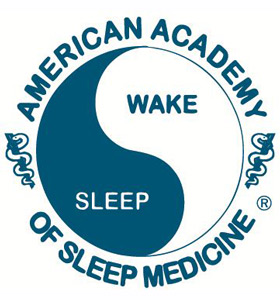

Trazodone may be perceived as a safer alternative in older adults due to the lack of anti-cholinergic activity and cardiotoxicity, although limited published data are available to support efficacy or safety in this population. Clinicians often prescribe off-label the heterocyclic trazodone for insomnia management. Thus, these medications may be inappropriate for use in older adults, particularly those with a history of falls or fractures, due to unfavorable risk–benefit ratios. Z-drugs are associated with next day cognitive, memory, psychomotor, and balance impairments and risk of dependence and addiction. Benzodiazepine adverse effects include cognitive and memory impairment, rebound insomnia upon cessation, and increased risk of motor vehicle accidents (MVAs), falls, dependence, and addiction. non-benzodiazepine sedative hypnotics such as zolpidem) – can have adverse effects that may pose elevated risk for older adults. Medication classes commonly used to treat insomnia – including benzodiazepines and z-drugs (i.e. Insomnia, a common sleep–wake disorder characterized by difficulty initiating or maintaining sleep or both, is more prevalent among older adults and older adults are more likely to be prescribed medication for insomnia treatment. However, details on guideline use when treating certain conditions are scant.

Clinical experts have published guidelines, such as the American Geriatrics Society (AGS) Beers Criteria, to help inform treatment decisions. In particular, medication-related falls or fractures are recognized as an important consideration for clinicians when initiating new pharmacotherapy in older adult patients.

Nonetheless, these results should be interpreted with caution as the use of these medications may be indicative of underlying morbidity with potential for residual confounding.įalls are the leading cause of injury-related deaths among older adults (ie, age ≥ 65 years) and incur a substantial economic burden due to costs associated with subsequent fractures, hospital visits, and long-term care. This analysis suggests that significant risks are associated with common, older generation insomnia medication treatments in the elderly. Trazodone and benzodiazepines were associated with the greatest risk of falls. Individuals receiving insomnia treatment had an increased risk of falls and mortality and higher HCRU and costs compared with matched beneficiaries without sleep disorders. All-cause total adjusted mean costs were higher among insomnia treated patients ($967 vs $454). Compared with controls, beneficiaries receiving insomnia treatment demonstrated higher estimated adjusted mean number of inpatient, outpatient, and emergency department visits and longer length of inpatient stay. Crude all-cause mortality rates were 15-times as high for the insomnia-treated as controls. In adjusted analyses, patients receiving benzodiazepines or trazodone had the greatest risk. Relative to controls, adjusted analyses showed that beneficiaries receiving insomnia medication experienced over twice as many falls (odds ratio = 2.34, 95% CI: 2.31–2.36). The study included 1,699,913 Medicare beneficiaries (59.9% female, mean age 75 years). Generalized linear models controlled for several key covariates, including age, race, sex, geographic region and Charlson Comorbidity Index score. The main outcomes were falls, mortality, healthcare resource utilization (HCRU), and medical costs during the 12 months following the earliest fill date for the insomnia medication of interest. Medicare beneficiaries treated for insomnia receiving zolpidem extended-release, zolpidem immediate-release, trazodone, or benzodiazepines were matched with non-sleep disordered controls. This was a retrospective cohort analysis of deidentified Medicare claims from January 2011 through December 2017.

This study evaluated the risk of falls and related consequences among adults ≥ 65 years of age treated with common prescription medications for insomnia compared with non-sleep disordered controls. While some research has found that insomnia heightens falls, health care resource utilization (HCRU) and costs, the impact of insomnia treatments on fall risk, mortality, HCRU and costs in the elderly population, which could be of substantial interest to payers, has not been fully elucidated. Falls are the leading cause of injury-related death among older Americans.


 0 kommentar(er)
0 kommentar(er)
